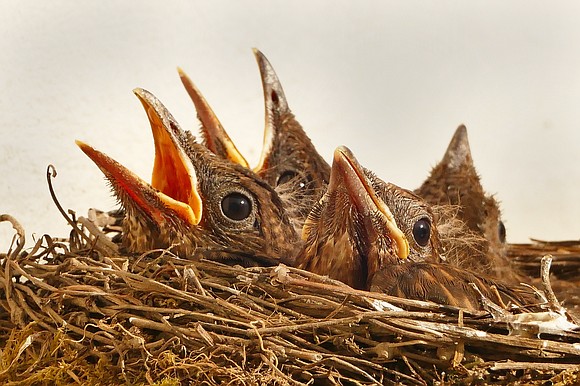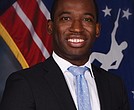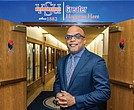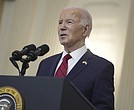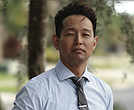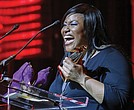Shattered wings
City cuts bird-safe glass from new community centers
Jeremy M. Lazarus | 9/14/2023, 6 p.m.
As plans for three new community centers in Richmond took shape, an internal City Hall review committee recommended that the windows and glazing on the buildings be designed in a way that would reduce the risk of birds being killed by smashing into them.
However, without any explanation, Mayor Levar M. Stoney’s administration rejected the modest change that the Urban Design Committee (UDC) sought.
The only reason given in city documents for stripping out any requirement for safeguarding birds is that the UDC can recommend “but not require” bird-safe glass, based on an opinion from the City Attorney’s Office.
Essentially, that means the administration has no interest in including that glass and cannot be required to do so. The administration and its chief planner, Dr. Kevin J. Vonck, have not responded to a Free Press query about the decision.
As a result, bird-safe glass will not be incorporated into the the new T.B. Smith Community Center scheduled to be built in South Side and the Luck’s Field Community Center as well as other city building projects.
The new Southside Community Center also in the works is unlikely to include bird-safe glass.
The designation of bird-safe means the glass and glazing are less reflective of the surrounding landscape and sky, reducing the risk that birds will confuse the reflection with the real thing and fly into it.
Musician Charles Woodson, a UDC member and advocate for the glass, questions why anyone with the city would reject the use of bird-safe glass.
He said the UDC unanimously supports the use of the glass after being advised that changing the windows to be safer for birds could be done for minimal cost on the buildings that will collectively cost at least $70 million.
He noted that the deletion of the bird-safe glass is even more inexplicable given that the community centers will incorporate landscaping and other elements to attract birds.
“North America has lost 30 percent of its bird population since 1970,” Mr. Woodson said. “We stand at a critical time in history regarding climate change and ecological issues. To encounter such an anti-environmental roadblock is heartbreaking. Ultimately, the community suffers from this kind of bad policy decision.”
The 11-member UDC is an advisory arm of the City Planning Commission. The committee, whose members include design professionals as well as citizen members, reviews plans for construction projects on public property or in the public right-of-way.
In reviewing the location, character and extent, the UDC seeks to hew to high standards of urban design with aim of improving the appearance of the areas where the developments are to take place, its city web page states.
The UDC began including bird-safe glass in its recommendations two years ago.
Use of such glass also is part of an environmental rating program that the city seeks to adhere to in developing public buildings, the U.S. Green Building Council’s Leadership in Energy and Environmental Design or LEED program.
Despite that, the Planning Commission voted to eliminate bird-safe glass from those buildings at the request of the staff led by Dr. Vonck, director of planning and development review.
The decision runs counter to other elements of the approved plans, which focus heavily on a series of environmental factors, including a requirement ensuring that light pollution will be reduced as much as possible.

